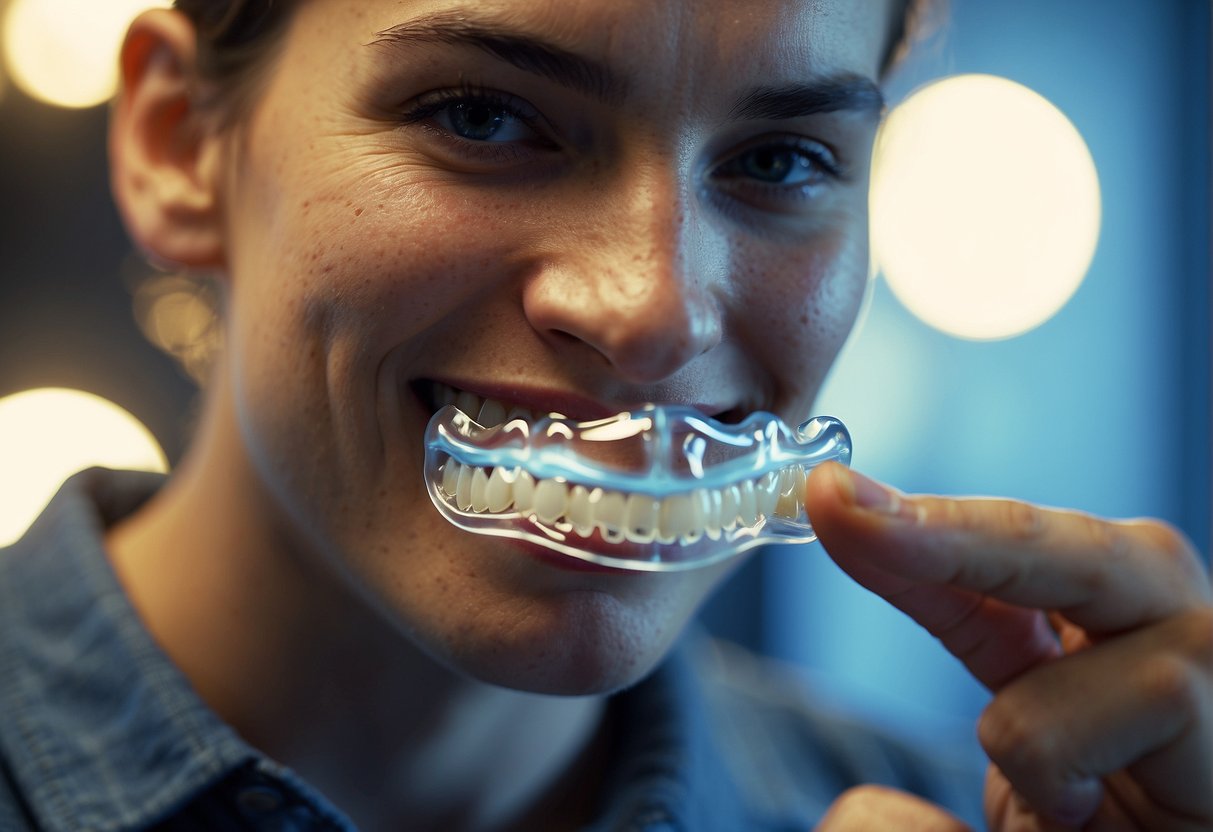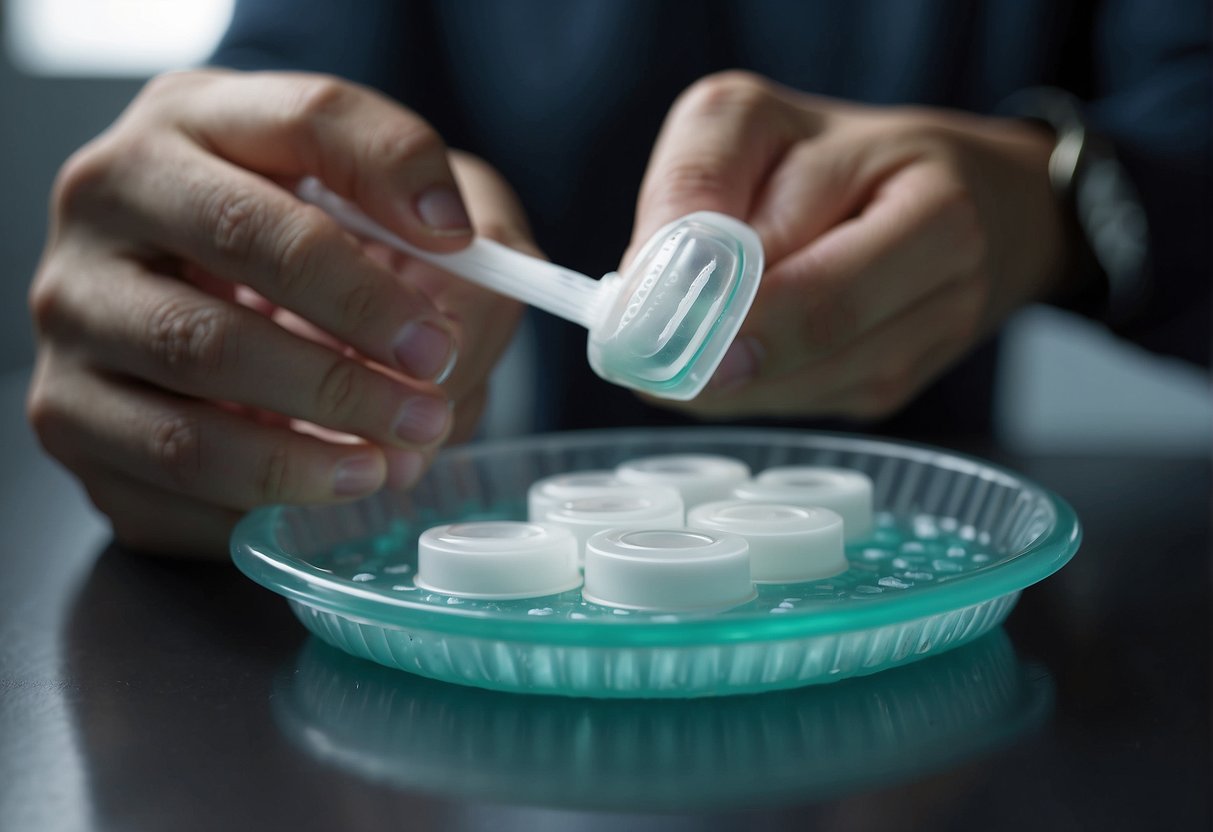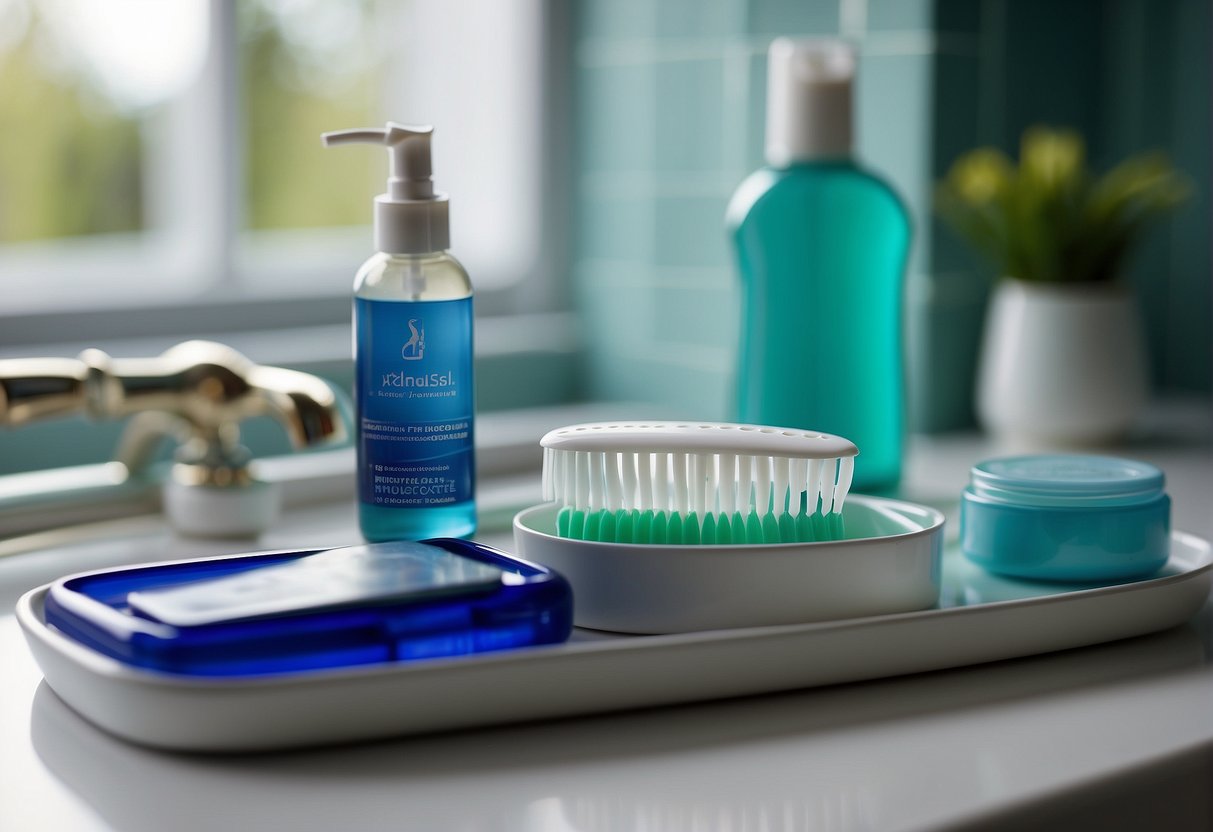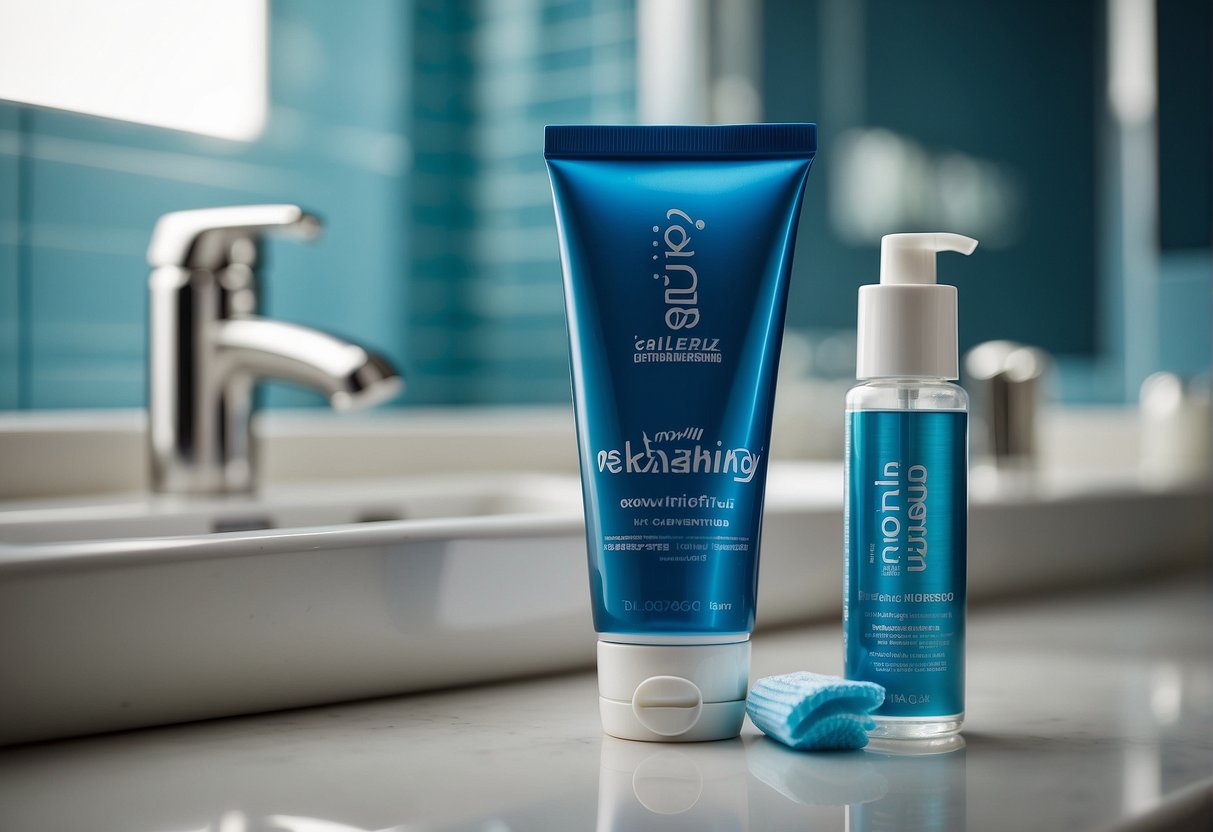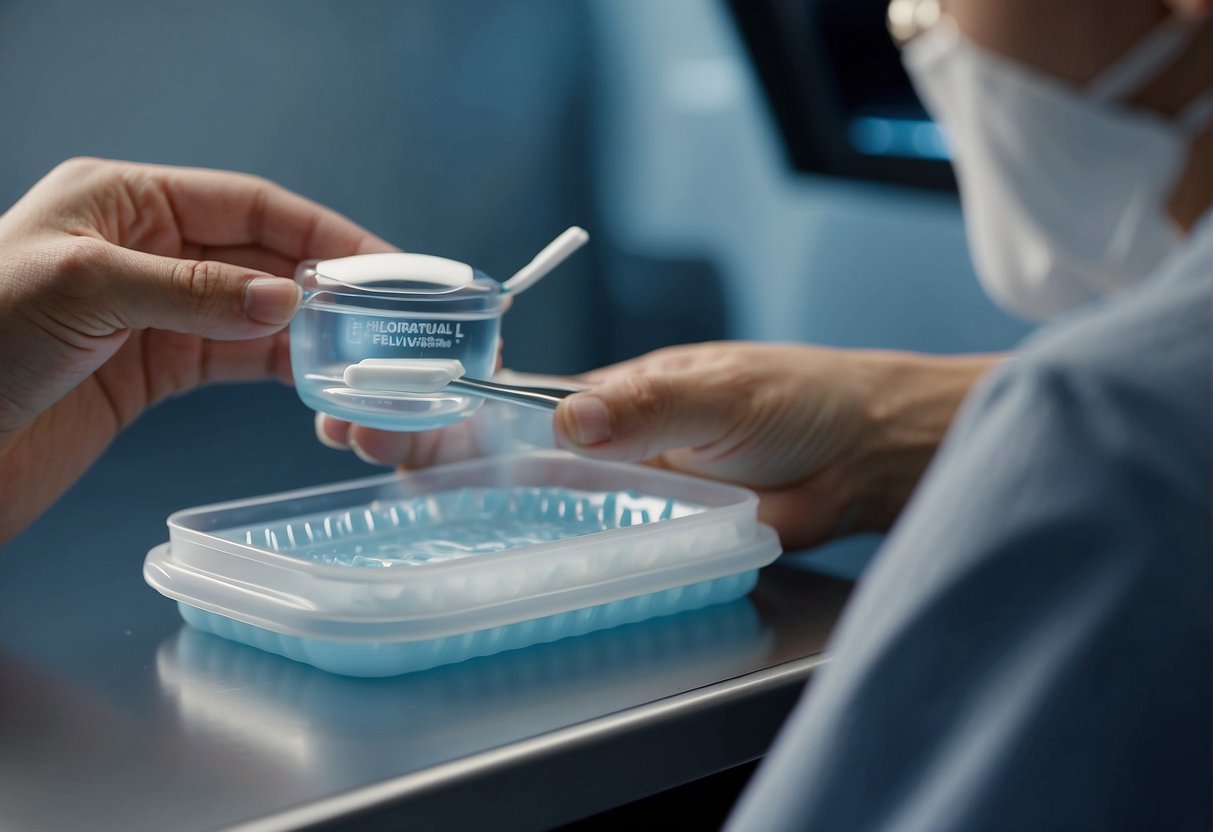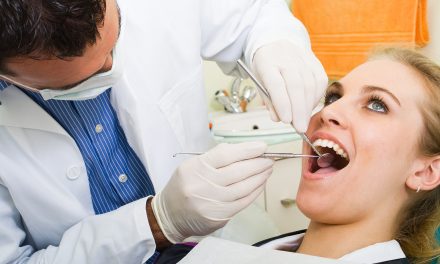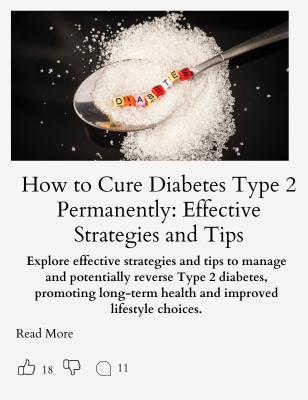Achieving a brighter smile often leads individuals to consider teeth bleaching, a popular cosmetic procedure aimed at whitening teeth. This process involves the application of bleaching agents to remove stains and discoloration from the tooth surface, thus enhancing the overall appearance of one’s smile.
The journey to a whiter smile encompasses various bleaching methods, ranging from professional treatments administered in a dental office to convenient at-home products such as gels, strips, and toothpaste. With the array of options available, it’s critical to understand the differences between these methods and decide which one may best suit individual needs and preferences. Proper preparation, understanding the bleaching process, and following a thorough aftercare routine are essential for achieving optimal results while maintaining dental health.
Key Takeaways
- Teeth bleaching can significantly enhance the brightness of one’s smile.
- It’s vital to choose the most suitable bleaching method and understand the process.
- Maintaining results requires proper aftercare and adherence to safety practices.
Understanding Teeth Bleaching
Teeth bleaching is a cosmetic dental procedure that aims to lighten teeth and remove stains or discoloration. It involves the use of bleach to break down stains, making teeth appear whiter.
Benefits of Teeth Bleaching
- Visual Improvement: The most prominent benefit of teeth bleaching is the enhancement of an individual’s smile by making teeth look whiter and brighter.
- Self-Esteem Boost: A whiter smile can contribute to increased self-confidence and self-esteem, as patients feel more satisfied with their appearance.
- Stain Removal: Bleaching can effectively remove various types of tooth stains, ranging from those caused by coffee and tea to tobacco and some medications.
Risks and Considerations
- Tooth Sensitivity: Bleaching can lead to increased sensitivity of teeth, which is usually temporary but can be uncomfortable for some patients.
| Considerations | Description |
|---|---|
| Gum Irritation | Some individuals may experience gum irritation due to the bleaching agents. |
| Not for Everyone | Teeth bleaching is not suitable for everyone, including those with crowns, veneers, or very dark stains. |
| Realistic Expectations | Results can vary, and it’s important for patients to have realistic expectations about the outcome. |
- Maintenance: The results of teeth bleaching are not permanent; patients may need to follow up with maintenance treatments to preserve the whiteness of their teeth.
- Professional Guidance: It is advisable for individuals to consult with a dental professional before undergoing teeth bleaching to ensure suitability and to avoid potential complications.
Types of Teeth Bleaching
Teeth bleaching methods can be categorized based on the setting in which they are applied, ranging from professional treatments to do-it-yourself remedies at home. Each approach has distinct procedures, costs, and effectiveness levels.
Professional In-Office Bleaching
Professional in-office bleaching involves the direct application of a high-concentration peroxide gel on the teeth by a dental professional. The process usually takes about an hour and may include the use of a specialized light or laser to enhance the bleaching effect. This method typically yields immediate, notable results, but it’s the most expensive option.
| Professional Bleaching | Details |
|---|---|
| Duration | About 1 hour |
| Effectiveness | Immediate, significant color improvement |
| Cost | High |
At-Home Bleaching Products
At-home bleaching products encompass a wide range of options, such as over-the-counter strips, gels, and whitening trays. These products contain lower concentrations of peroxide compared to professional treatments and require repeated application over several days or weeks to achieve noticeable results. At-home treatments are more affordable but typically less potent than professional options.
- Types of At-Home Products:
- Whitening strips
- Whitening gels
- Pre-filled or moldable trays
- Expected Results:
- Variable, over days or weeks
- Cost Scale: Moderate
Natural Teeth Whitening Remedies
Natural remedies for teeth whitening might involve household items such as baking soda, hydrogen peroxide, or certain fruits like strawberries. They offer a chemical-free alternative, appealing to health-conscious individuals. However, one should be cautious as the effectiveness and safety of these methods are not always well-supported by scientific research.
- Common Natural Remedies:
- Baking soda paste
- Hydrogen peroxide rinse
- Fruit-based applications
- Effectiveness:
- Varies, less predictable than other methods
- Cost Scale:
- Low
Preparation for Teeth Bleaching
Before one embarks on teeth bleaching, it is essential that they ensure their dental health is sound and that they select an appropriate bleaching method tailored to their needs.
Oral Health Assessment
A thorough oral health assessment by a dental professional is paramount before beginning any bleaching process. They will examine the teeth and gums for any signs of decay, gum disease, or dental restorations. It’s advised to address any existing dental issues as they may affect the outcome or cause sensitivity.
- A checklist for oral health assessment may include:
- Inspection of teeth for cavities or decay
- Gum examination to rule out periodontal issues
- Check for sensitivity or previous dental work such as crowns and fillings
Choosing the Right Method
Selecting the right bleaching method depends on various factors, including the extent of discoloration, the desired level of whiteness, the individual’s budget, and the time they are willing to commit. Bleaching options range from in-office treatments to at-home kits:
- In-Office Bleaching: Performed by a professional, it typically offers the quickest and most effective results.
- At-Home Bleaching: Includes over-the-counter strips and gels or custom-fitted trays made by a dentist for home use. It is less expensive but requires consistent application.
The Bleaching Process
Teeth bleaching is a cosmetic dental procedure aimed at whitening teeth using bleaching agents. The two primary methods are in-office bleaching procedures performed by dental professionals and at-home kits available for use by individuals.
Step-by-Step In-Office Procedure
- Initial Consultation: A dental professional assesses the patient’s oral health to determine suitability for bleaching.
- Preparation: The dentist cleans the teeth, removing plaque and debris from the surface. Gums are protected with a barrier.
- Bleaching Agent Application: A high-concentration peroxide gel is evenly applied to the teeth.
- Activation: The gel is often activated with a specialized light or laser to enhance the bleaching process.
- Rinse and Evaluate: After a prescribed time, the gel is rinsed off and the color change is evaluated. Multiple sessions may be needed to achieve desired results.
Instructions for At-Home Kits
- Selection: Users should choose an ADA-approved bleaching kit for safety and effectiveness.
- Application: The user applies a lower-concentration bleaching agent to the teeth using strips, trays, or a brush.
- Duration: The kit’s instructions specify the length of time the agent should remain on the teeth, usually ranging from 30 minutes to overnight.
- Repetition: The process is typically repeated over several days or weeks until desired whitening is achieved.
Aftercare and Maintenance
Proper aftercare is crucial for maintaining the brightness of bleached teeth and minimizing sensitivity after the procedure.
Post-Bleaching Care Tips
- Sensitivity Management: One may experience increased tooth sensitivity following bleaching. To manage this, they should consider using a sensitivity toothpaste containing potassium nitrate or strontium chloride.
- Dietary Adjustments: For the first 48 hours post-bleaching, individuals should avoid foods and beverages that can stain teeth, such as coffee, tea, red wine, and berries.
- Oral Hygiene: Maintaining good oral hygiene is essential. Individuals should brush twice daily with fluoride toothpaste and floss regularly to prevent plaque buildup.
Long-Term Maintenance
- Regular Dental Visits: Scheduled dental cleanings and exams are essential for maintaining oral health and the longevity of the teeth’s brightness.
- Touch-Up Treatments: Based on their dentist’s advice, they may need occasional touch-up treatments, especially if they frequently consume stain-causing foods and drinks.
- Avoid Tobacco: To prevent discoloration, individuals should avoid tobacco products, which are known to cause significant tooth staining.
Safety Tips and Best Practices
In teeth bleaching, safety is paramount. One must follow specific guidelines for handling products and avoiding errors to ensure a successful outcome without harming oral health.
Handling Bleaching Agents
Proper Storage: Always store bleaching agents in a cool, dry place away from heat and direct sunlight to maintain their efficacy. Ensure that they are out of reach of children and pets.
Application Accuracy: Use a small, precise amount of bleaching gel. More is not better; overuse can lead to gum irritation and tooth sensitivity. Following the product’s instructions is crucial for safe application.
Avoiding Common Mistakes
Timing is Key: Do not exceed the recommended exposure time. Prolonged use can damage tooth enamel and irritate gums.
Aftercare is Essential: Rinse the mouth thoroughly after each bleaching session to remove any remaining bleaching agent. One should also avoid consuming staining foods and beverages immediately after bleaching to avoid re-staining the teeth.
Managing Sensitivity
Teeth sensitivity can occur during and after the bleaching process. Addressing this issue properly ensures comfort and continued oral health.
During the Bleaching Treatment
- Choose a Lower Peroxide Concentration: Products with lower hydrogen peroxide percentages (e.g., 10%) tend to cause less sensitivity.
- Shorten Treatment Duration: Limit exposure by reducing the time teeth come into contact with bleaching agents. Follow manufacturer’s guidelines carefully.
After the Treatment
- Use Fluoride: Apply fluoride gel or rinse with a fluoride mouthwash to reinforce tooth enamel and alleviate sensitivity.
- Avoid Extreme Temperatures: Keep away from very hot or cold foods and beverages for a couple of days post-treatment to minimize discomfort.
Maximizing Effectiveness
To maximize the effectiveness of teeth bleaching, one should consider making targeted lifestyle adjustments and be mindful of dietary choices. These changes can help augment the bleaching results and maintain them over time.
Lifestyle Adjustments
Maintaining good oral hygiene is crucial. One should brush twice daily, floss regularly, and use an antiseptic mouthwash to reduce plaque buildup. Additionally, it is recommended to visit a dentist every six months for cleanings. Smokers should consider quitting, as smoking can cause significant staining to the teeth.
Dietary Considerations
Foods and beverages that stain teeth should be consumed in moderation. Below is a list of common staining agents to be aware of:
- Coffee and Tea: High in tannins, they lead to staining.
- Red Wine: Contains chromogens and tannins, known for their staining capabilities.
- Colored Beverages: Drinks like cola, sports drinks, or dark juices can cause stains.
It is beneficial to rinse the mouth with water after consuming these to minimize their staining effect. Additionally, a diet high in fruits and vegetables, like apples and carrots, can help to naturally clean the teeth and maintain their brightness.
Troubleshooting Common Issues
When bleaching teeth, some individuals may encounter issues such as uneven whitening or not achieving the desired level of whiteness. Identifying and addressing these problems properly can lead to successful results.
Uneven Whitening
If one notices patches or streaks after a bleaching session, this may be due to inconsistent application of the bleaching agent or the presence of plaque. The individual should:
- Ensure even application: Use a **uniform **layer of bleaching gel across the teeth.
- Maintain oral hygiene: Brush and floss thoroughly prior to application to remove plaque.
Not Achieving Desired Whiteness
Should the teeth not reach the anticipated shade of white, consider the following steps:
- Be patient: Some teeth require multiple sessions for the optimal outcome.
- Follow manufacturer’s guidelines: Different products have specific instructions for duration and frequency of use.
Professional Vs. Home Bleaching
Choosing between professional and home bleaching involves considering cost, convenience, and the effectiveness of each method.
Cost Comparison
Professional Bleaching: The cost typically ranges from $300 to $1,000, varying by location and dentist. The price reflects the expertise, higher concentration bleaching agents, and the advanced light or laser technology used.
Home Bleaching: Over-the-counter kits and products usually cost between $20 and $100. While more cost-effective upfront, more kits may be needed over time for maintenance.
Time and Convenience Factors
Professional Bleaching: Requires scheduling appointments, with each session lasting from 30 minutes to an hour. Multiple sessions may be necessary, however, the process is managed by dental professionals.
Home Bleaching: Offers the flexibility to be done at any time and repeated as needed. The process can be less time-consuming per session but usually requires a commitment to a daily regimen over weeks.
Results and Longevity
Professional Bleaching: Typically provides immediate and more dramatic results due to stronger bleaching agents. The effects can last from six months to three years, depending on dental hygiene and habits.
Home Bleaching: Results develop over time and are generally less dramatic. Regular use is often required to maintain results, which can last for several months with continued use and proper dental care.
Frequently Asked Questions
When considering teeth whitening options, safety and efficacy are paramount. Commonly asked questions below address over-the-counter products and natural remedies, usage of household items like hydrogen peroxide and baking soda, the trade-offs between professional treatments and at-home methods, as well as the expected time frame for seeing results.
What over-the-counter products can I use to whiten my teeth effectively?
Over-the-counter teeth whitening options include whitening toothpastes, gels, and strips that contain various concentrations of hydrogen peroxide or carbamide peroxide. These products are generally safe for use as directed and can effectively remove surface stains.
How do I use hydrogen peroxide for teeth whitening?
Hydrogen peroxide can be used as a mouthwash before brushing, typically at a concentration of 3%. It should be diluted with equal parts water to avoid irritation. Users should not swallow hydrogen peroxide and should limit its use to avoid potential tooth sensitivity and enamel damage.
Is using baking soda a safe method to whiten teeth, and how should it be done?
Baking soda can be used as a whitening agent due to its mild abrasive properties. It can be mixed with water to create a paste for brushing, or added to regular toothpaste. It is safe when used occasionally, but frequent use can damage enamel.
What are the risks and benefits of professional teeth whitening compared to at-home treatments?
Professional teeth whitening offers faster and more potent results due to higher peroxide concentrations. The supervision of a dental professional reduces the risk of gum irritation and ensures proper application. At-home treatments are more cost-effective and convenient but may be less dramatic in results and carry a greater risk if products are misused.
How quickly can I expect to see results from teeth whitening strips?
Teeth whitening strips typically show noticeable results after several days of consecutive use, with full results appearing after 2 to 4 weeks, depending on the product’s formulation and the individual’s teeth condition.
Are there any natural remedies for teeth whitening that are both safe and effective?
Natural remedies such as brushing with a paste made from turmeric, applying activated charcoal, or rinsing with apple cider vinegar can help remove surface stains. These methods are generally safe when used correctly, but their whitening efficacy might not be as pronounced as commercial products.

